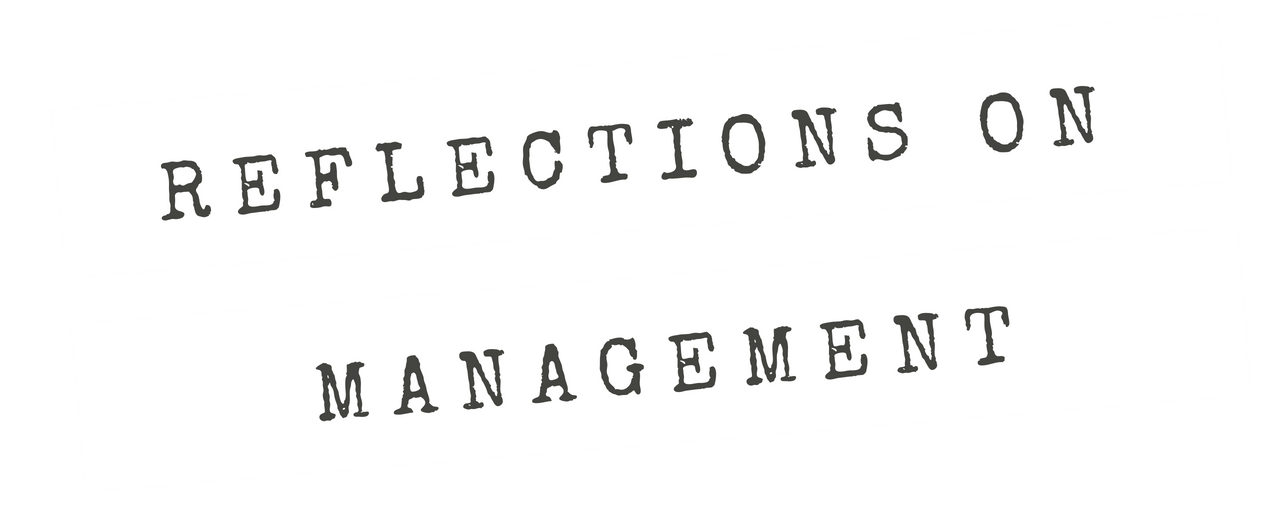[The vision must] give a sense that the organization is not going to just arrive at a set of conditions under which we declare victory, but arrives at a future state that describes how the organization behaves
Season 2, Episode 2
Oh, the ‘Vision’ thing! Consultants and leaders talk a lot about the value and importance of vision to foster change. According to popular change management literature, good vision statements must be simple, inspiring, awesome. And yet there are really bad vision statements out there that are fodder for YouTube videos and Dilbert comic strips. So we know what wrong looks like, but have you ever actually tried to write a good one? Where do you actually start?
Surprisingly, perhaps, I’ve seen some good ones that were effective and a few that qualified as great — spurring on the desired transformational changes. But what made them successful had a lot to do with how one defines a vision. As you will see in this episode, I advocate for what I call visions of action that describe how the future organization behaves rather than what it merely looks like. I also introduce some approaches I use with students to help them write vision statements.
Works Referenced:
Bridges, W. (2009). Managing transitions: Making the most of change. Da Capo Press.
Ibarra, H. (2004). Working identity: Unconventional strategies for reinventing your career. Harvard Business Press.
Kotter, J. (2012). Leading change. Harvard University Press.


